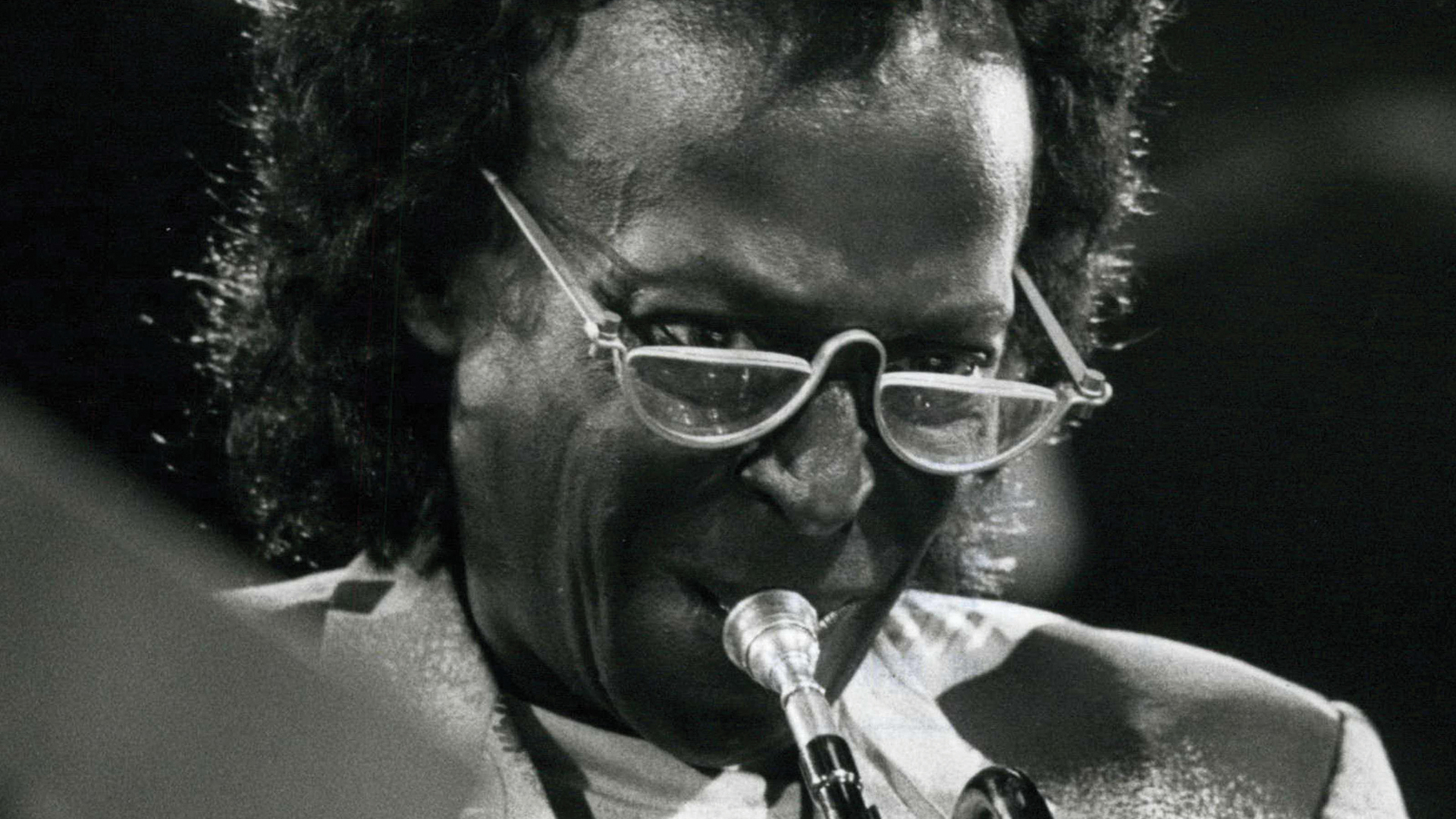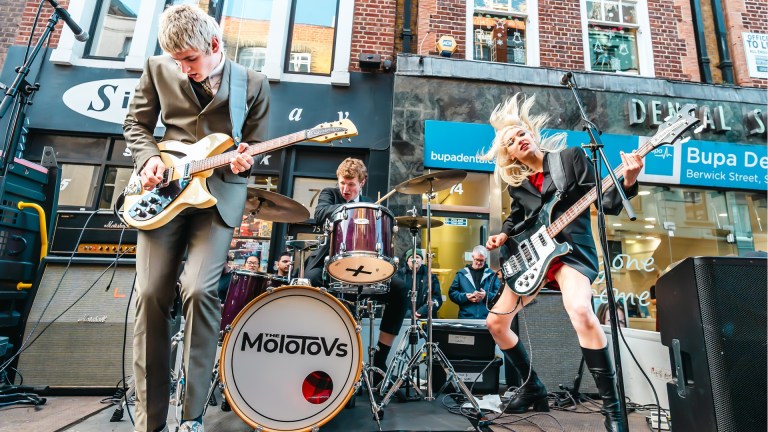This year, along with Lusk, drummer Billy Cobham (best known as a long-time member of Miles Davis’s band), percussionist Trilok Gurtu and pianist and ethnomusicologist Ray Lema were joined by young prodigious talent such as Israeli drummer Roni Kaspi, Italian pianist Maria Chiara Argiró and founder and bandleader of UK-based jazz and afrobeat group Kokoroko, Sheila Maurice-Gray.
While Montreux Jazz Festival itself is sustained by its heritage and reputation, the Residency programme aims to play a part in shaping and nurturing the future of jazz music at a grassroots level.
“I always have to find a sort of alchemy between legendary musicians who often have a very strong relationship to Montreux already, and the new generation who have something to say about what jazz is now,” the festival’s artistic director Stéphanie-Aloysia Moretti tells me when I ask her how the Residency line-up is assembled.
“They all have a very strong idea of what music is, what jazz is, and they all have a great virtuosity. The aim is that they come here to feel what it’s like to interact with other types of musicians. We put them in combos to play and collaborate – to play perhaps in a dangerous situation but an adventurous one too.”
The four-day event is hosted at the Petit Palais, the venue on the shores of Lake Geneva where the main festival also takes place each year. In the morning and afternoon, participants are invited to play music together and attend panels and workshops ranging in content from the practical (Media Relations, International Taxation of Musicians) to the conceptual (What is Jazz?) led by journalists, artists and experts from all walks of musical life. Live performances in the evenings are free for the public to attend.
To see young jazz musicians on stage at Montreux for the first time, enjoying not just the cultural significance but the warm, receptive audience and the flawless acoustics, certainly feels alchemic. Maurice-Gray’s performance with her own talented trio is a particular highlight, as is Leeds-based saxophonist Jasmine Myra’s; the mutual gratitude between Myra and her audience as she describes what the experience means to her is palpable.
Each night concludes with a jam session, led by musicians from the residency and open to the public both to listen and, if they have the chops, participate. The penultimate jam, led by Amaro Freitas, a virtuosic pianist that The Montreux Jazz Artists Foundation has been supporting since 2019, is especially captivating; blurred lines between audience and performers, the thrill of improvisation between strangers in a crowded room with no sense of where the music might take us, the perfect balance of danger and adventure that curator Moretti was hoping to instigate.
Chiara Argiró, one of the Residency’s younger mentors, tells me she feels privileged to return to Montreux after playing the festival in 2022. She adds, “I’m learning that it doesn’t matter what your background is, if you come from the pop jazz scene or traditional jazz, everyone here has a very strong vision and strong voice. I really notice everyone’s curiosity here. The musicians, the audience and the organisers. It’s how jazz should be.”
Read more about Montreux here. Deb Grant is a radio host and music critic.
This article is taken from The Big Issue magazine out this week. Support your local vendor by buying today! If you cannot reach your local vendor, click HERE to subscribe to The Big Issue or give a gift subscription. You can also purchase one-off issues from The Big Issue Shop. The Big Issue app is available now from the App Store or Google Play









